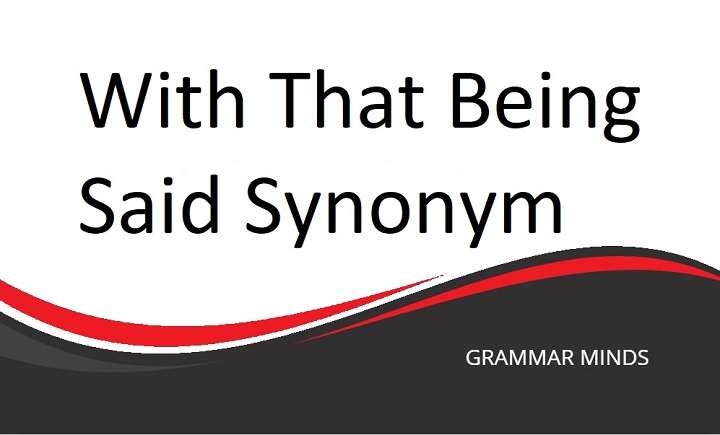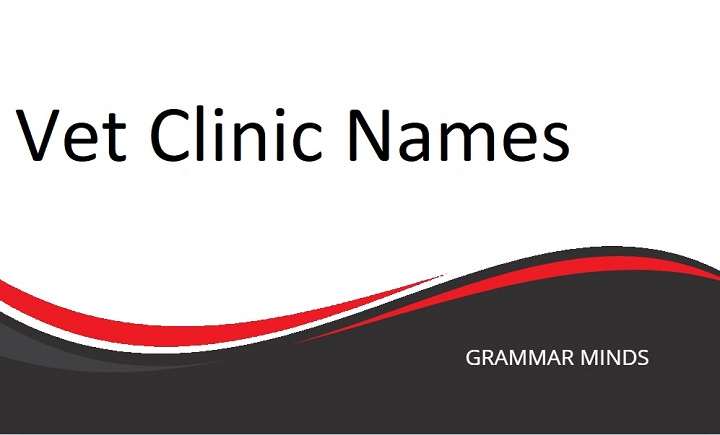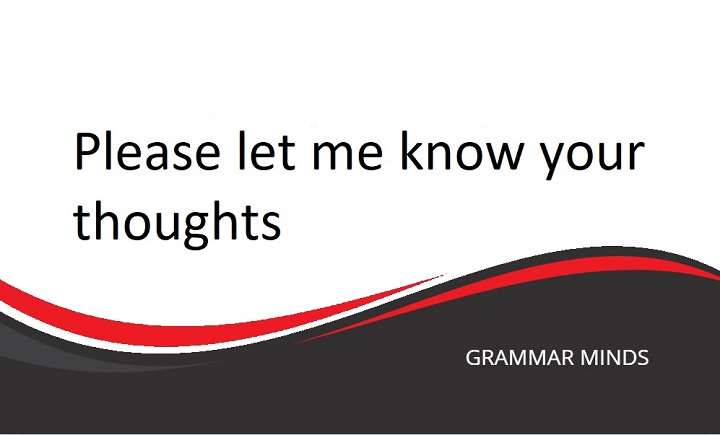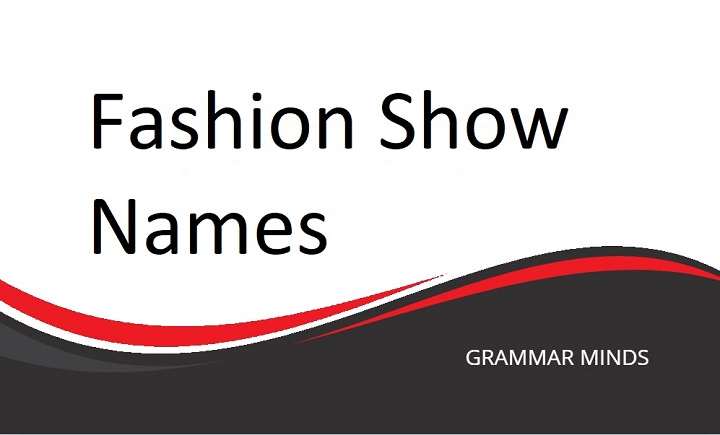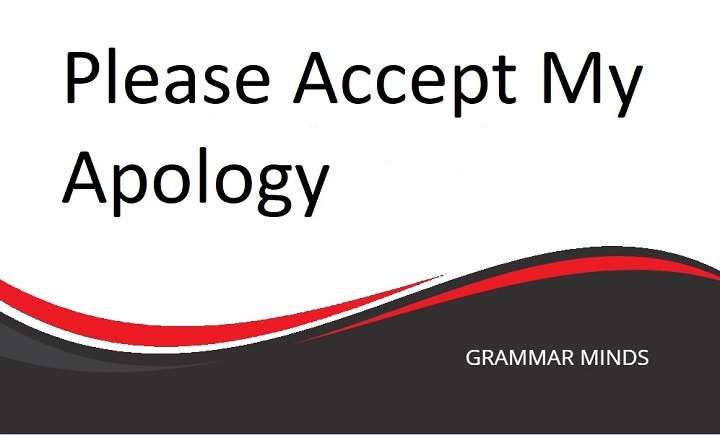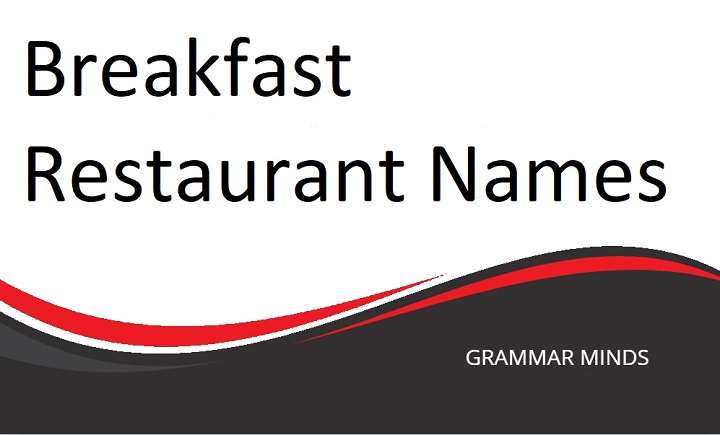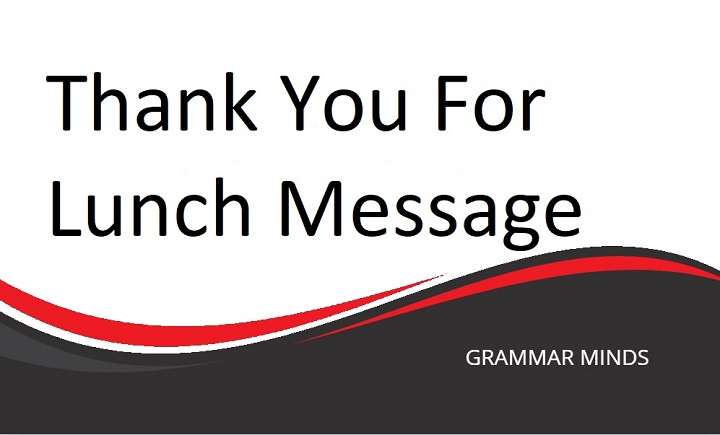Do you find yourself using the phrase “with that being said” repeatedly? Are you starting to feel like this common expression is creeping into your emails, conversations, and presentations far too often? If so, you’re not alone!
The phrase “with that being said” is a popular way to transition from one idea to another, especially in both formal and informal settings. However, using it too frequently can make your language sound repetitive or monotonous. Don’t worry! We’ve compiled a handy list of alternative phrases you can use to mix things up and sound more varied in your communication.
Let’s explore some excellent synonyms for “with that being said” that can add sophistication and freshness to your conversations.
Other Ways to Say “With That Being Said”
That Being the Case
Having Said That
Nonetheless
Even So
In Light of That
On That Note
Therefore
Thus
As a Result
Be That as It May
Key Notes
The phrase “with that being said” is grammatically correct and suitable for both formal and informal situations. However, it can sometimes feel a bit basic or overused. If you’re tired of relying on it too often, consider using one of these alternatives to sound more articulate and varied in your communication.
- You can use “That Being the Case” for formal situations, particularly in professional emails or business meetings.
- “Having Said That” is a great informal alternative to “with that being said” in everyday conversations with friends or casual acquaintances.
Keep reading to discover how to use these phrases in both formal and informal situations, and see real-life examples of how they can be applied.
That Being the Case
Usage:
If you’re looking for a more formal way to say “with that being said,” try using “That Being the Case.” This alternative adds a touch of sophistication, making it ideal for professional environments such as emails, presentations, or formal discussions. It emphasizes the conclusion drawn from a previous statement.
Example (in an email):
Dear [Recipient’s Name],
Thank you for your continued assistance in this project. We appreciate your hard work and dedication.
That being the case, we would like to proceed with the next phase as soon as possible.
Best regards,
[Your Name]
This phrase transitions smoothly while maintaining a professional tone.
Having Said That
Usage:
“Having Said That” is a common informal alternative to “with that being said.” It’s ideal when you’re talking to people you’re already familiar with, such as friends, colleagues, or family. It’s particularly useful when you want to acknowledge something while subtly shifting the conversation in a different direction.
Example (in conversation):
Hey [Friend’s Name],
Thanks for hanging out today. Having said that, I still need to finish some work later. Let’s catch up again soon!
This phrase works well for informal settings but can still be appropriate in casual business environments.
Nonetheless
Usage:
“Nonetheless” is a versatile transition phrase that can be used in both formal and informal situations. It indicates that even though something has been mentioned, there is a contrasting point that needs attention.
Example (in a meeting):
We understand the challenges involved in implementing the new system. Nonetheless, we believe this is the best course of action to meet our deadlines.
“Nonetheless” is an excellent choice when you want to smoothly introduce a contrasting idea or conclusion.
Even So
Usage:
“Even So” is another good option when you want to express a contrasting opinion or fact. It can be used informally with friends, but also fits well in semi-formal settings like work emails or casual meetings.
Example (in conversation):
We’ve had some setbacks this quarter. Even so, I’m confident we’ll hit our targets by the year’s end.
This phrase is perfect for when you want to maintain optimism despite challenges.
In Light of That
Usage:
When you want to refer to a previous point or situation and draw a conclusion from it, “In Light of That” works beautifully. This phrase is particularly suited for formal emails or reports.
Example (in a report):
The data shows a 10% increase in engagement over the last quarter. In light of that, we recommend expanding the current marketing campaign.
“In Light of That” ties together observations and recommendations seamlessly.
On That Note
Usage:
“On That Note” is a conversational phrase that transitions smoothly from one topic to another while staying on point. It works well in both informal conversations and more relaxed business meetings.
Example (in a meeting):
The client seemed happy with the progress we’ve made. On that note, let’s discuss the next steps to finalize the project.
This phrase keeps the conversation cohesive while moving on to related topics.
Therefore
Usage:
“Therefore” is a classic formal alternative to “with that being said.” It’s widely used in both written and spoken English to emphasize a logical conclusion based on prior statements.
Example (in a report):
Our survey shows an overwhelming preference for the new product line. Therefore, we propose an immediate launch.
“Therefore” provides a clear and concise way to link cause and effect, especially in formal settings.
Thus
Usage:
Similar to “therefore,” “Thus” is a formal transition word used to show a result or conclusion. It is a short and effective way to convey the outcome of a situation.
Example (in a business memo):
We’ve identified key areas of improvement. Thus, we should be able to streamline our operations moving forward.
“Thus” is efficient and works well in concise business communication.
As a Result
Usage:
“As a Result” highlights the outcome of a particular situation or action. It’s ideal for professional emails or presentations when you want to clearly state the effect of a decision or event.
Example (in an email):
We’ve implemented the recommended changes. As a result, we expect to see improvements in customer satisfaction.
This phrase is great for explaining consequences in a professional setting.
Be That as It May
Usage:
“Be That as It May” is an idiomatic expression that works well in more formal or thoughtful discussions. It acknowledges the previous point while introducing a new idea or fact that may differ from it.
Example (in conversation):
The project has faced several delays. Be that as it may, we’re still on track to meet the final deadline.
This phrase is useful when you want to acknowledge a fact but move the conversation in a different direction.
Is It Correct to Say “With That Being Said”?
Yes! “With that being said” is grammatically correct and suitable for both formal and informal settings. It’s a versatile phrase that can be used in professional emails, conversations with colleagues, or casual chats with friends.
That being said (pun intended), using synonyms like the ones we’ve listed above will help you mix up your language and sound more varied in your communication. Whether you’re drafting an important email or having a casual conversation, having alternatives at your disposal can make your speech and writing more engaging.
You can also try slight variations of this phrase, like the following:
- “Having Said That”
- “That Being the Case”
- “Be That as It May”
Also Read
Theme Park Names: Crafting the Perfect Identity for Adventure and Fun
“with that being said” is a perfectly acceptable and grammatically correct phrase, whether you’re using it in a formal or informal setting. However, overusing any phrase can make your communication sound repetitive. The alternative phrases provided in this article will help you diversify your vocabulary and communicate more effectively in different contexts.
By integrating these synonyms into your daily language, you’ll elevate your communication and leave a lasting impression in both personal and professional interactions!

